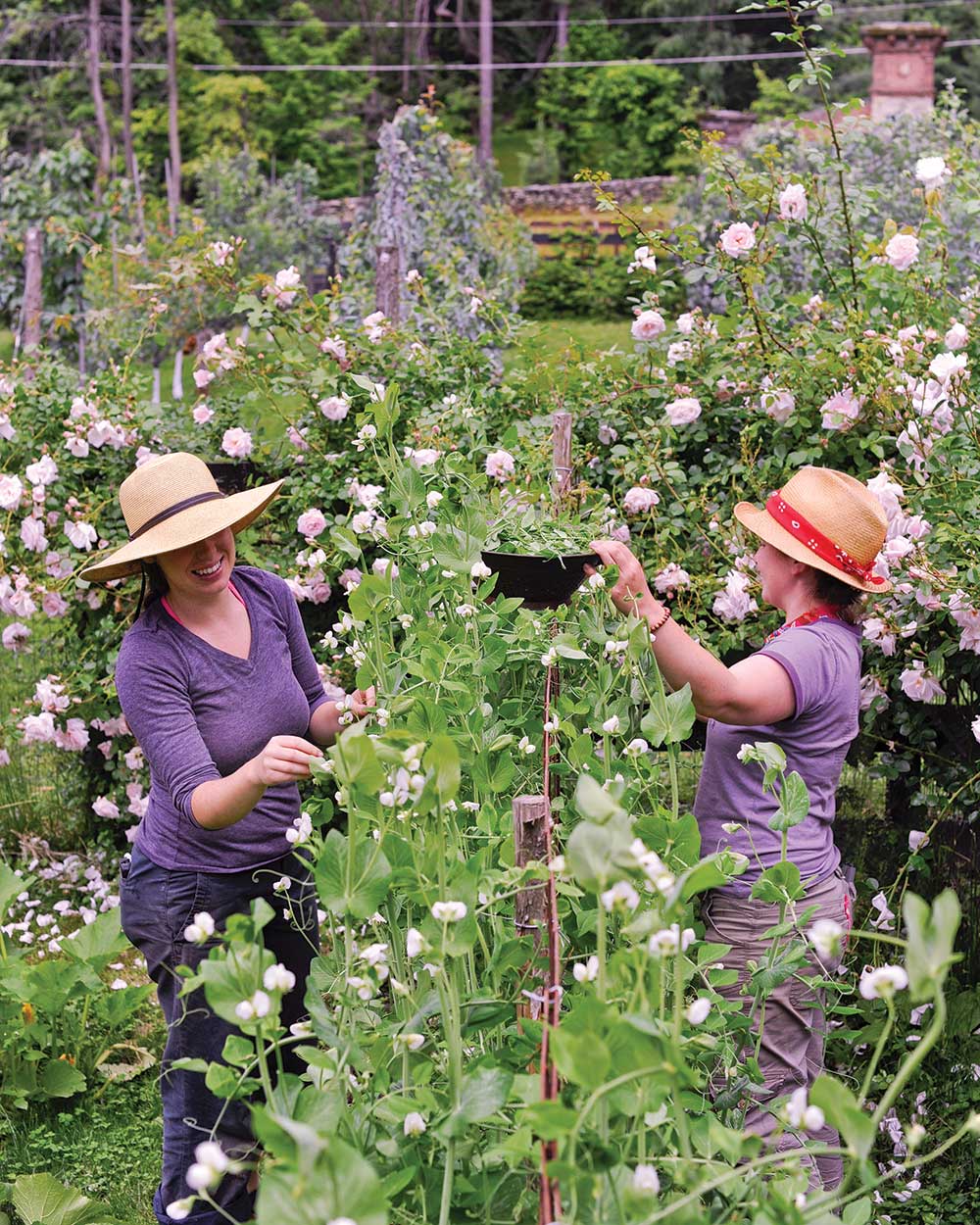Friends of the Farmer
By Amara Projansky | Spring 2015 | Hudson Valley Real Estate Market
Hudson Valley Farms are essential small businesses that create jobs and enable local economies to thrive. Farms give us beloved scenic views, preserve the natural environment, and build community character.
And yet these same farms are struggling against a subsidized commodity-based system, industry consolidation, increasing costs of production, and a globalized marketplace that provides cheap food year-round.
Even as the importance of “local food” has begun to resonate with many consumers, the call to help smaller, independent farms and farmers has become more insistent. Farms in the region have the potential to provide more people with healthy, sustainable food. To do that, they need processing and manufacturing facilities, they need marketing assistance, they need better financing options, and they need communities that are friendly to farming.
— Excerpted from The State of Agriculture in the Hudson Valley by the Glynwood Center, 2010
Don’t we all want to know more about the people who choose to live a difficult lifestyle that has been progressively abandoned since the Dust Bowl?
Here in the Hudson Valley, we are in the thick of it. The revival of small-scale farming has become a calling for some, also variously a movement, an obsession, or a dream. A dream that’s played out on the stage of our hills and fields—Glynwood estimates that 17 percent of our region is devoted to farmland.
For this issue, we visited a few of the younger generation of farmers [see page 14] in their homes—and we conclude that they are idealists who live to feed people and make the world a better place while doing so. You can’t argue with those aspirations.
Today’s Hudson Valley farmers tend to run very small businesses with multiple revenue streams including raising animals, growing produce for restaurants and farm markets, sometimes for CSA members as well. Many of them have a second job as well, or a partner with a “real job.” They grow specialty crops like herbs, fruits or flowers, and many farmers find ways to increase the margin on their goods by making products from their bounty, like cheese and jam. Some have a niche, such as a completely vegan farm, a biodynamic farm, or a specialty like honey, cows, or berries. Yet the fastest growing source of farm-related income is agritourism—field dinners, farmstay programs, rustic wedding hosting, as well as corn mazes and apple picking.
The region is lucky to have help for burgeoning farmers. Many of them have received assistance either formally or informally from land benefactors or local programs to incubate new farmers—programs like the Hudson Valley Farm Business Incubator at Glynwood, the Hudson Valley Farm Beginnings program from Hawthorne Valley, and the Hudson Valley Farm Hub out of the Local Economies Project.
We predict and hope that this region will continue to grow as an incubator of new food ways, reviving both old farming and gardening practices and integrating new techniques made possible by fresh technologies and ready information (What’s the smartest way for a farmer to use a smart phone?) This is the region to watch if you love good food, want to know where it comes from, and maybe even want to get your own hands into the dirt.
While this nation will continue to struggle with our agricultural identity as it relates to food politics, human rights issues, and economic challenges, we’re lucky to live in this region rich with farmers. They make eating here a pleasure, and the farmers of the Hudson Valley are worth getting to know.
Entrepreneurial and self-reliant iconoclasts committed to changing the world, they make great friends who aren’t afraid of a little hard work.
Best,
Amara Projansky
